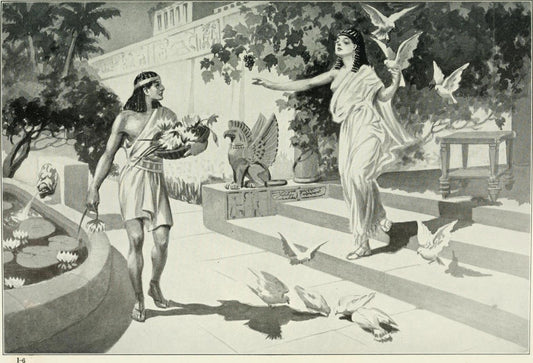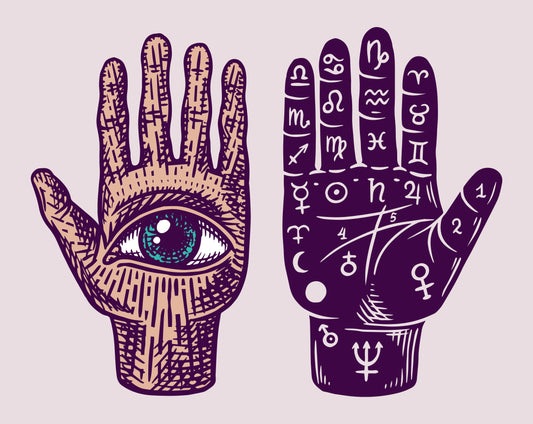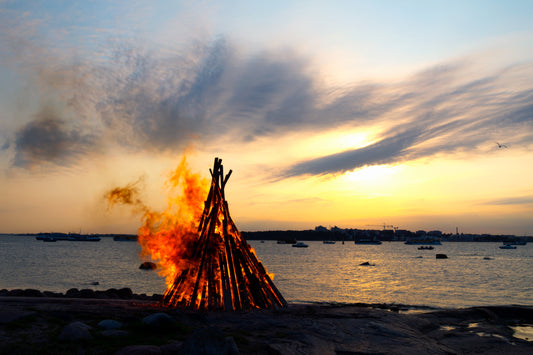The shortest day of the year approaches us: December 21st. Once it is upon us, days will begin to grow once again as we start to see more of the sun. This turn of the seasons is called winter solstice.
Twice a year, the poles reach maximum tilt away from the sun. In the summer solstice, we see the longest day and shortest evening. The winter solstice is the exact opposite, with the longest night and shortest day. These polar events have been celebrated by many cultures, seen as an important annual event all over the world.
History of Winter Solstice
The winter solstice marks the transition of seasons and serves as a symbolic representation of the death and rebirth of the sun. This significance dates back even to Neolithic times, when it was said that they used the solstices as a starting point for sowing crops, taking inventory of food reserves, initiating the mating of animals, and completing several traditions.

Several archeological ruins indicate importance of winter solstice as well, including Stonehenge. The monuments are said to align in a way that points to the position where the sun rises on the winter solstice, and another axe pointing to where it sets. The reason for this attention to the solstice lies in monitoring the crops. The two months after December 21st have historically been known to include famine and starvation, and solstice marked the last feast celebration before the extreme cold winter set it. To celebrate, the pagans consumed the majority of spirits fermented over the past year, ate most of the freshly slaughtered cows, and honored the sun gods.
International Celebration
Many cultures around the world celebrate winter solstice in some manner. There is an Indian festival called Makara Sankranti, or Maghi. On this day, the sun deity Surya is celebrated. Hindus perform several customs such as bathing in rivers said to be holy, making donations and providing charity, and others. Iranian people celebrate Yalda night by gathering with family and celebrating. The Chinese celebrate Dongzhi. It is truly seen around the world, marking an important celestial event with religious and symbolic tones.
Yule
So what is Yule and what does it have to do with winter solstice?
The pagan people of Northern Europe celebrate Yule with a sun festival which occurs on winter solstice. This festival includes, feasting, drinking, dancing, and general joyful activities.
The Celtic people of Britain also celebrated Yule and it is believed that the widely known Yule log tradition began with the Celtic Druids. Burning of the Yule log was believed to drive out darkness and evil for the following year, providing a sense of protection and good luck. The tradition goes that the log burns for the twelve days of Yule, a time in which the sun was thought to stand still before slowly returning. If the log didn't burn for 12 days, bad luck was believed to be approaching in your coming year.

Another tradition of Yule included hanging evergreen plants over doorways as an effort to wish good to people who passed through the door. After the arrival of Christianity, Christians adopted this tradition by hanging a wreath on the doorway during the winter holiday season.
If you are interested in celebrating the winter solstice, there are many traditions and rituals you can adopt.
Yule/Winter Solstice Rituals
Build a wreath! This one has been passed down for centuries and centuries. Build a Christian wreath out of mistletoe, or lean pagan with orange slices to honor the sun. You can choose plants that grow around you out of convenience, personal choice, or whatever other methods you like.

Make lanterns to honor the eternal light of the sun. This is an old ritual that is still fun and relevant today. You can keep it simple with paper or glass jars and tea lights. Decorate your lanterns with colors, pictures, symbols, or anything else you like.
Orange pomanders is a popular ritual during this time. Poke holes in the fruit of an orange and set cloves into the holes. This creates a centerpiece that will emit wonderful smells to the whole house.

Reflect on your year past and set intentions for the year to come. Many of us do some version of this for the new year. Winter solstice is the perfect night to do this if you want to follow the motion of the sun. Think about what went well and what didn't, think of your growth and achievements. Forgive any regrets. Write all this down and burn it in the yule log fire to release it. Then claim all ideas you want to attract in the new year, speak them aloud or write them all down. Make a ritual of it, and then allow it to harden into a tradition.
As this day comes and goes, allow yourself feel excited for the return of the warm weather as the sun shows his face for longer and longer each day. The warmth will return, along with the flowers, the bugs, and the sunshine. Enjoy the winter, time with your families, and the holiday season.




